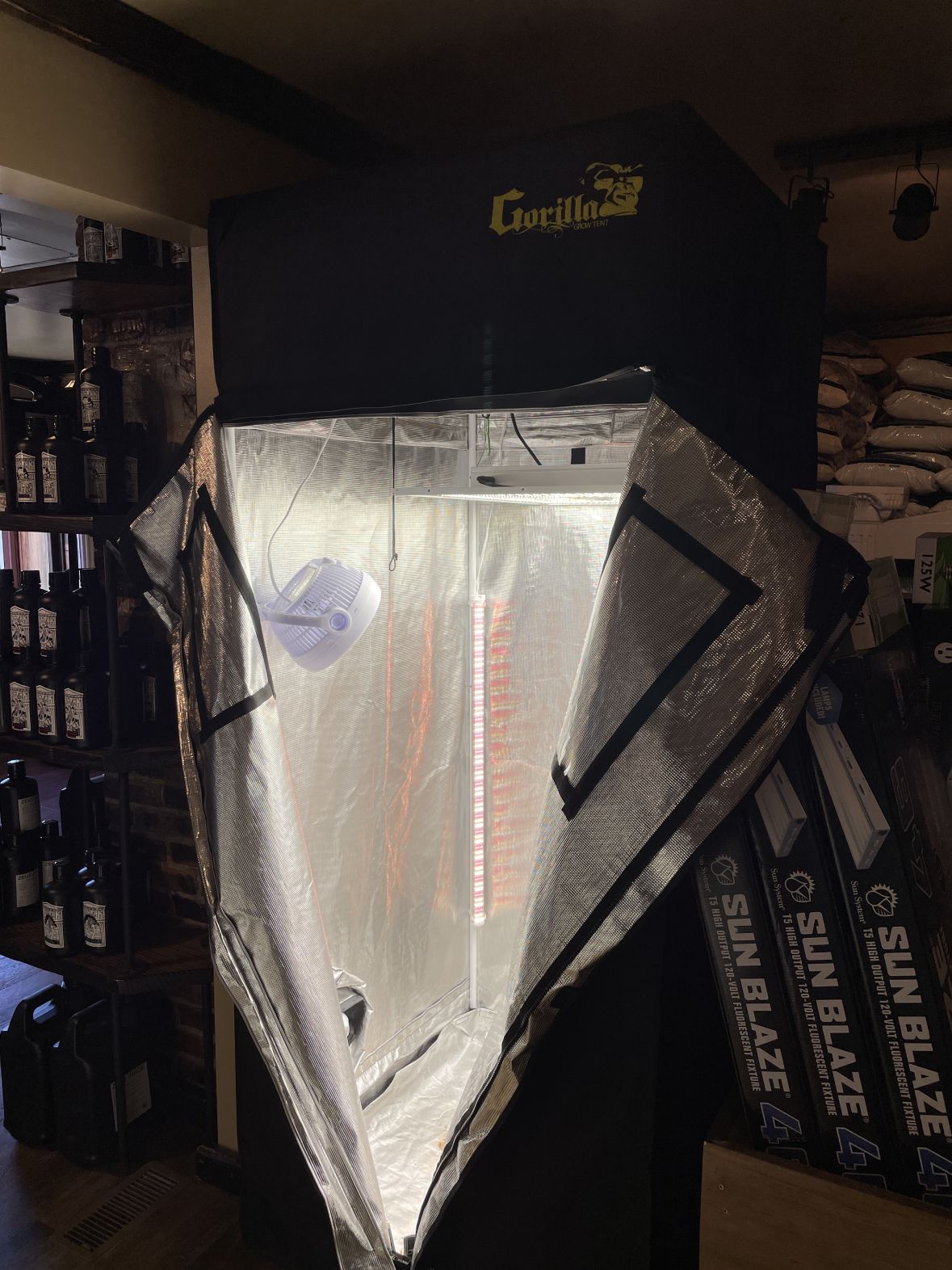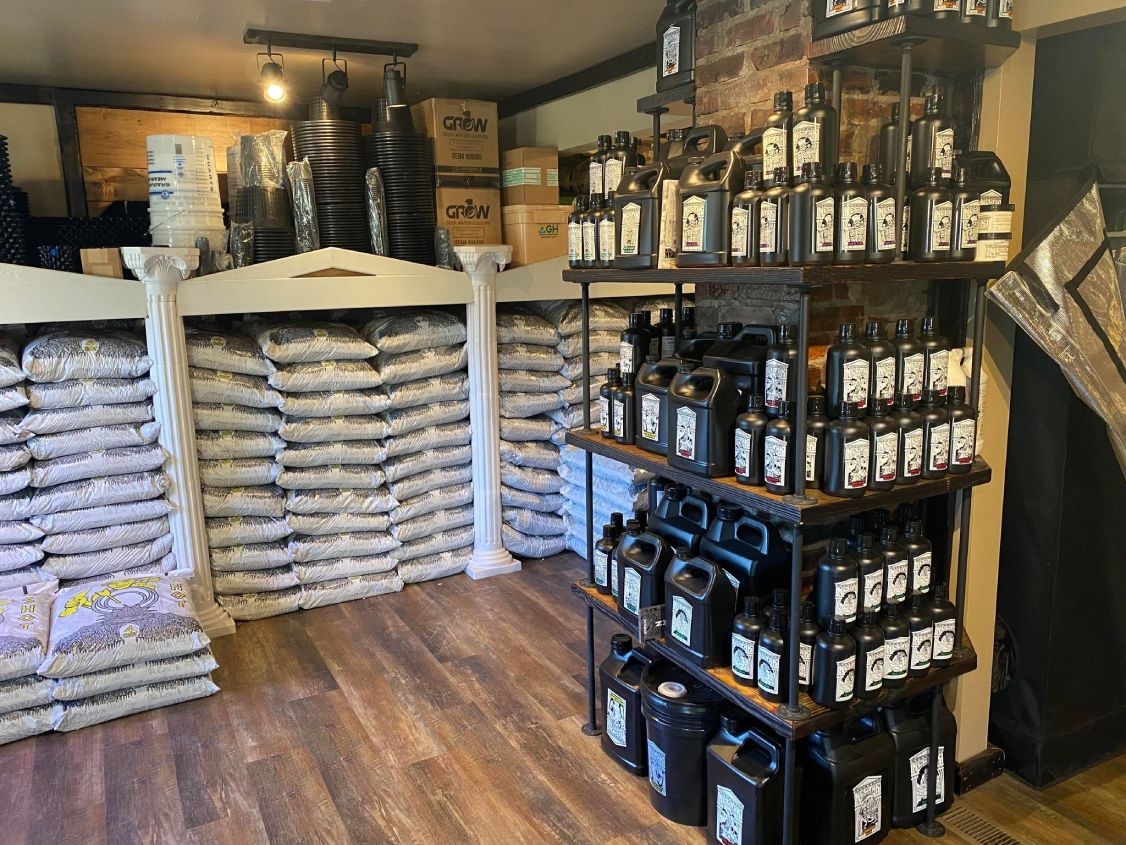Unravel the Keys of Effective Growing with The Indoor Earthworm
Wiki Article
Unlocking the Prospective of Hydroponics: Recognizing Its Utilizes and Various Kinds
Hydroponics, a method of growing plants without dirt, has actually gathered increasing focus for its potential to revolutionize agriculture and horticulture techniques. The accuracy control over nutrient delivery, water usage, and environmental factors uses a glimpse right into a future where food manufacturing can be maximized in numerous setups. As we browse via the complex landscape of hydroponic systems and methods, it comes to be apparent that each technique holds unique advantages and constraints. By unraveling the diverse usages and sorts of hydroponics, we can uncover a world of possibilities that may improve how we imagine sustainable farming and gardening methods.Benefits of Hydroponic Equipments

An additional benefit of hydroponic systems is the capability to grow plants in a smaller sized space. By removing the need for soil, plants can be grown up and down or in piled systems, taking full advantage of making use of available room. This is specifically advantageous in metropolitan areas or regions with restricted cultivatable land. Furthermore, hydroponic systems minimize the risk of soil-borne diseases and bugs, as there is no soil to harbor these dangers. This results in healthier plants and reduces the requirement for damaging chemicals, making hydroponic farming a more lasting and eco-friendly choice.
Usual Makes Use Of in Agriculture

Provided the effective water preservation and space-saving advantages of hydroponic systems, it appears that these innovative agricultural approaches have actually located usual usages in numerous fields of agriculture. In traditional agriculture, soil-based farming can be labor-intensive and land-consuming. Hydroponics provides an option by enabling crops to be grown without soil, lowering water usage by up to 90% compared to standard farming techniques. This makes hydroponics specifically ideal for areas encountering water shortage or minimal cultivable land. In addition, the controlled setting of hydroponic systems enables year-round growing, giving a constant supply of fresh produce no matter of exterior weather condition conditions.
Hydroponics is commonly made use of for expanding a selection of crops, consisting of leafy greens, tomatoes, cucumbers, strawberries, peppers, and herbs. Furthermore, hydroponic systems are made use of in research and academic settings to research plant growing, growth, and nutrition strategies.
Checking Out Different Hydroponic Methods
What are the various innovative techniques used in hydroponics to enhance plant farming efficiency and generate? Hydroponic systems supply a range of approaches that satisfy various plant types and farming goals. One prominent method is the Deep Water Culture (DWC) system, where plant origins are submerged in a nutrient solution, offering sufficient oxygen and nutrients. Another extensively made use of technique is the Nutrient Film Method (NFT), which entails a superficial stream of nutrient option flowing over the plant origins, promoting water and nutrient uptake. In addition, the Ups and downs system, additionally called the Flood and Drain system, intermittently floods the plant origins with nutrient option, enabling oxygenation during draining periods. Aeroponics is an additional sophisticated method that entails misting plant roots with a nutrient remedy, optimizing oxygen absorption and nutrient uptake. Each of these strategies showcases the versatility and effectiveness of hydroponic systems in boosting plant development and yield.Contrasting Numerous Hydroponic Equipments
Exploring the effectiveness and yield improvement strategies in hydroponics leads us to compare numerous hydroponic systems offered for plant cultivation. Each hydroponic system has its unique features, benefits, and limitations, making it vital for farmers to pick one of the you could check here most suitable system based upon their particular requirements and constraints.One of the most usual hydroponic systems is the nutrient movie strategy (NFT), where a slim movie of nutrient remedy continually streams over the plant origins. In contrast, the deep water culture (DWC) system immerses plant origins directly into the nutrient service, supplying ample oxygen and nutrients.
Another preferred hydroponic system is the ups and downs (or flood and drain) system, which regularly floodings the plant roots with nutrient option before draining it. This cyclic process makes certain appropriate aeration for the origins while supplying nutrients successfully. Additionally, the aeroponic system puts on hold plant origins in the air and hazes them with a nutrient service, promoting fast development and high oxygenation degrees. Growers trying to find a flexible system that reduces water use often select aeroponics. By comprehending the distinctions between these hydroponic systems, growers can make educated choices to make best use of crop return and quality.
Advancements in Hydroponic Technology
With improvements in hydroponic modern technology, the farming industry is experiencing a change towards a lot more sustainable and reliable farming methods. Technologies in hydroponic modern technology are changing the way plants are grown by maximizing yields, conserving sources, and minimizing ecological effect. One key technology is the development of wise hydroponic systems that use sensors and automation to monitor and readjust environmental problems such as pH levels, nutrient concentrations, and light direct exposure in real-time. These systems allow exact control over expanding conditions, leading to ideal plant growth and higher plant yields.Another significant advancement is the assimilation of upright farming strategies with hydroponic systems, permitting for the growing of crops read in piled layers. This upright technique takes full advantage of area application, making it suitable for metropolitan settings where land availability is limited - The Indoor Earthworm. Additionally, making use of innovative LED illumination systems customized to particular plant demands has actually improved energy effectiveness and enhanced growth rates in hydroponic setups
Developments like these are driving the advancement of hydroponics, making it a very eye-catching and lasting choice for contemporary farming.
Conclusion
To conclude, hydroponics provides many benefits in farming and has various techniques and systems that can be made use of to optimize its potential. Advancements in hydroponic innovation remain to enhance efficiency and sustainability in food production. By comprehending the uses and various kinds of hydroponic systems, farmers and cultivators can unlock the complete capacity of this ingenious technique of expanding plants without soil.Furthermore, hydroponic systems permit for far better control over nutrient degrees, pH balance, and environmental conditions, leading to healthier plants and higher returns.

Report this wiki page